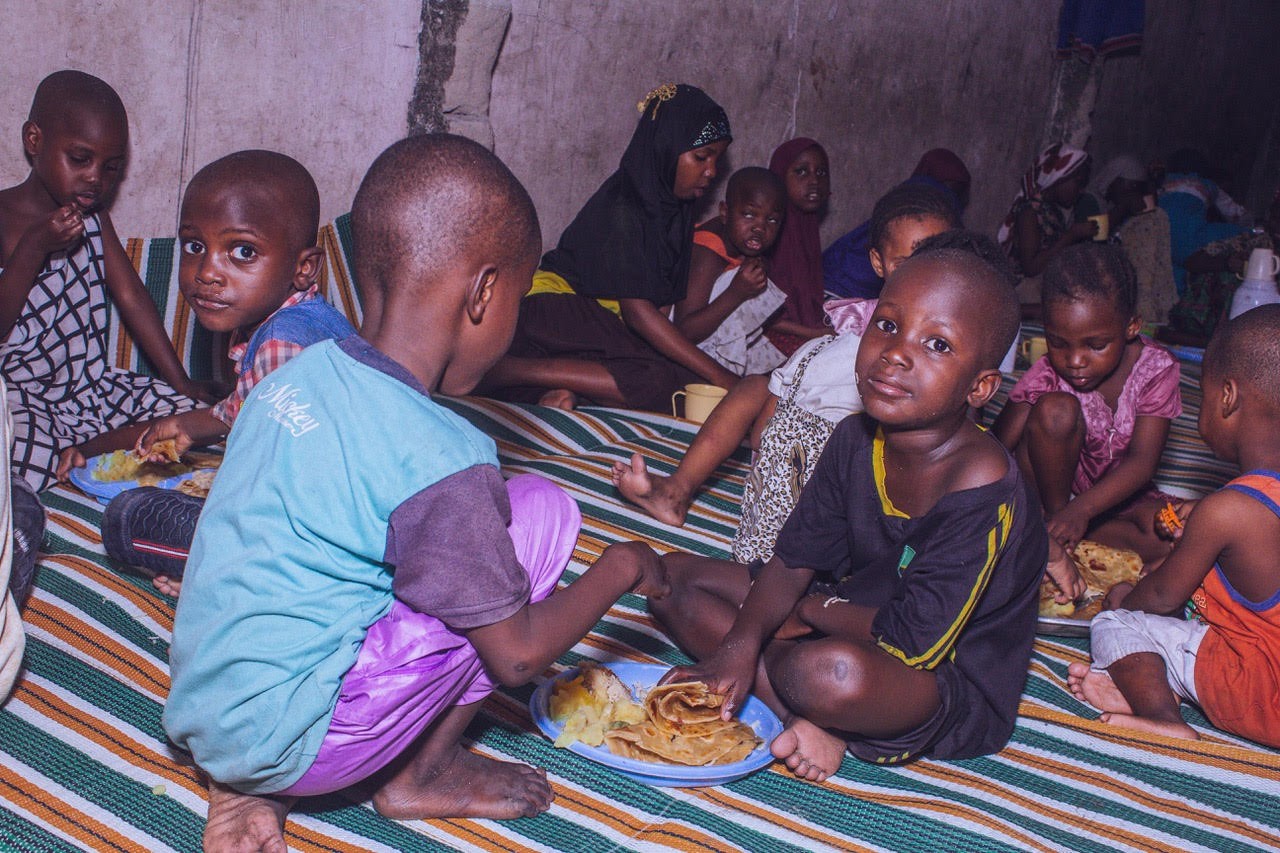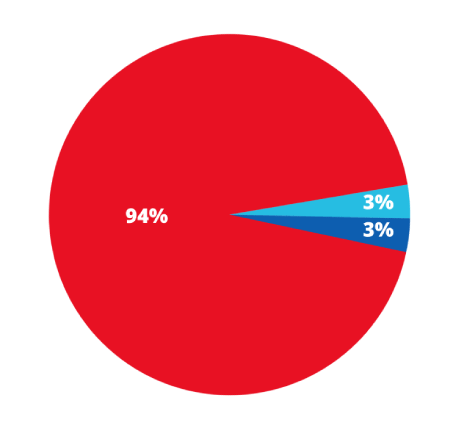The world hunger crisis is a pressing global issue that affects millions of people worldwide.
According to the United Nations (UN), the number of undernourished people in the world increased to 828 million in 2022, including a record-high 349 million people facing acute food insecurity, with the majority living in developing countries. This is a significant problem that requires urgent action to address. In order to understand the scale of the world hunger crisis, it is essential to look at key statistics that help identify the problem.
Take, for example, that UN estimate of 828 million people who do not have enough to eat. This numbers represents one out of every nine people on Earth. Meanwhile, more than 900,000 people worldwide are living in famine-like conditions right now, 10 times more than did in 2017. The UN also estimates that more than 30 million children under the age of 5 in the 15 worst-affected countries are acutely malnourished. Malnutrition can have long-term negative effects on the physical and cognitive development of children.
Why is the hunger crisis worsening as the calendar turns into 2023? There are several key reasons:
- Poverty: The UN estimates that around 98% of the people living with hunger live in developing countries, where poverty is most prevalent. This highlights the strong link between poverty and hunger, as people who live in extreme poverty often lack the means to provide for themselves and their families. And as inflation drove up the prices of food around the globe in 2022, it became harder for less-developed countries to afford enough to feed themselves.
- Climate change: The UN estimates that climate change could push an additional 83 million people into hunger by 2030. This is due to the impact of extreme weather events such as droughts, floods, and storms, which can lead to crop failures and food shortages.
- Conflict: The UN reports that nearly 80% of the world’s hungry people live in countries affected by conflict. Food insecurity is often a direct consequence of war and violence, and this exacerbates the problem of hunger in conflict-affected areas.
In conclusion, the world hunger crisis is a significant global issue that affects millions of people worldwide. Key statistics such as the number of people who suffer from hunger, the number of people living in extreme poverty, the impact of climate change, the number of people affected by conflict, and the number of children suffering from malnutrition, all help to identify the problem and understand its scale.
Donate to Embrace Relief and Help Us Fight World Hunger!
Embrace Relief is doing its part to ease the world hunger crisis. In 2022, our International Hunger Relief campaigns provided life-saving food aid to more than 130,000 people in over a dozen countries, including several countries across Africa, Greece, Yemen, and here in the United States.
In 2023, we’re eager to make an even greater impact. But we need your help. Donate today to Embrace Relief’s International Hunger Relief: Ramadan 2023 campaign, and help us ensure that thousands of people around the world will not have to worry about where their next meal will come from. Together, we can share our food with those in need, and make the world a less-hungry place.





















